- News
- Reviews
- Bikes
- Components
- Bar tape & grips
- Bottom brackets
- Brake & gear cables
- Brake & STI levers
- Brake pads & spares
- Brakes
- Cassettes & freewheels
- Chains
- Chainsets & chainrings
- Derailleurs - front
- Derailleurs - rear
- Forks
- Gear levers & shifters
- Groupsets
- Handlebars & extensions
- Headsets
- Hubs
- Inner tubes
- Pedals
- Quick releases & skewers
- Saddles
- Seatposts
- Stems
- Wheels
- Tyres
- Tubeless valves
- Accessories
- Accessories - misc
- Computer mounts
- Bags
- Bar ends
- Bike bags & cases
- Bottle cages
- Bottles
- Cameras
- Car racks
- Child seats
- Computers
- Glasses
- GPS units
- Helmets
- Lights - front
- Lights - rear
- Lights - sets
- Locks
- Mirrors
- Mudguards
- Racks
- Pumps & CO2 inflators
- Puncture kits
- Reflectives
- Smart watches
- Stands and racks
- Trailers
- Clothing
- Health, fitness and nutrition
- Tools and workshop
- Miscellaneous
- Buyers Guides
- Features
- Forum
- Recommends
- Podcast
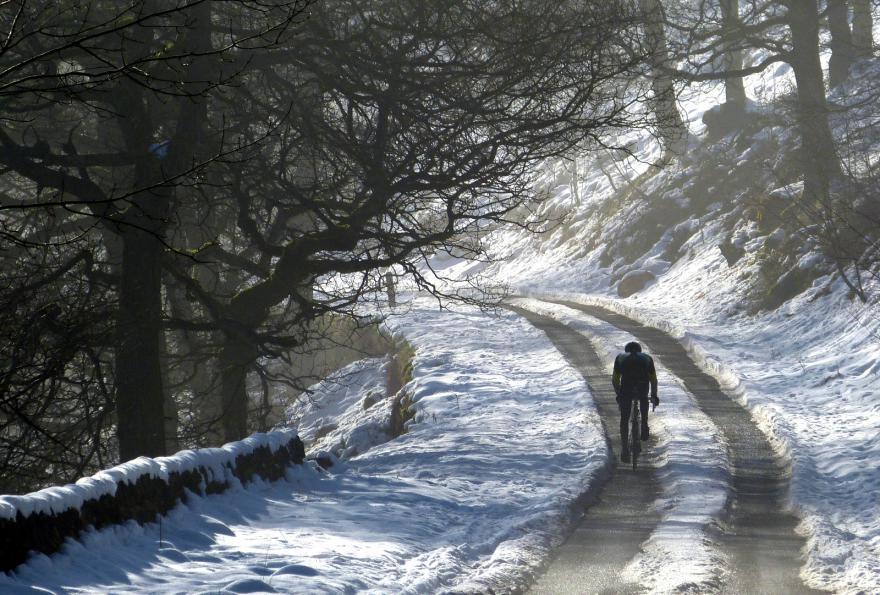 cycling-derbyshire-bridge-snow-cc-2.0-argflickrflickr
cycling-derbyshire-bridge-snow-cc-2.0-argflickrflickr15 tips to complete the Rapha Festive 500 and knock off the kilometres with ease
It can be hard to motivate yourself to head outside on your bike into the grim, when the rest of your friends or relatives are relaxing in front of the TV watching a top-tier Christmas movie like Elf. This is where Rapha has stepped in to give you an extra incentive to keep on pedalling, and make the most of the holidays for your fitness…
Challenging riders to complete 500km between Christmas Eve and New Year, Rapha’s Festive 500 is a great initiative for heading outside into the winter elements to get in some solid base kilometres.
Read more: Rapha’s Festive 500 returns – and for 2020, virtual rides count
Riding 500km or 310.7 miles over eight days averages out as 62.5km (38.9 miles) a day. Reserving at least one whole day for family celebrations, that daily total is upped to 71.5km (44.5 miles).*
For a lot of us, this total distance is a lot more than we complete on a regular basis, and especially compared to weeks during the winter months when it is not so pleasant.
Upping your training volume so significantly to complete the challenge is doable but certain steps should be taken to not overdo it and cause injury, allowing you to exit the other side in great shape to attack your new year targets.
We spoke to ABCC Level 3 qualified coach Jonathan Melville of BCA (Breakaway Coaching and Analytics) to get his advice on how best to go about completing this festive challenge.
> Join the Rapha Festive 500 on Strava here
* These totals have been rounded up; we don’t want to see you fall slightly short of the all-important target.
1. Plan ahead
Distractions are going to be everywhere in the Christmas holiday season. But if you have a clear agenda and schedule, it is much easier to follow through with your workout intentions for each day.
> Advice: How to stay motivated and battle the winter blues
Better still, share your plan with family beforehand so they know when to expect you out the house, as well as when they can spend time with you. By doing this you’ll have support and encouragement to set off when you are intending to, which will make it easier to roll your wheel out the door when it is looking a tad grim out and your motivation is low.
2. Split the distance into longer days and shorter days
Don’t ride the same distance each day. It is best to mix it up with harder days and easier, recovery rides, but don't go to extremes.
Jonathan advises: “Be relatively consistent. You don’t want to get excited and end up riding 300km in the first two days as you will just end up crawling for the remainder if you aren’t used to that volume.
"Getting recovery in throughout the process, with shorter 30km days, is important. Slot these in between two longer days of around 80-95km.”
As an example plan, Jonathan suggests following this schedule:
24th December 2021 – Friday: 80km
25th December 2021 – Saturday: 30km
26th December 2021 – Sunday: 80km (or plus 15km – 95km)
27th December 2021 – Monday: 80km (or plus 15km – 95km)
28th December 2021 – Tuesday: 30km
29th December 2021 – Wednesday: 80km
30th December 2021 – Thursday: 80km
31st December 2021 – Friday: 40km (or minus 15km if you did extra on 26th or 27th)
> Advice: How to get fitter by training when you're tired
3. Try to avoid doing a long ride on Christmas Day
Christmas day itself is often a choatic one with families and friends travelling over to spend time together. If there is any day to have a complete rest day Christmas day is a sensible choice. At the very least make it one of your shorter recovery days.
Relax, sit down with a cuppa or something stronger and enjoy this time with your family. You have six more days to give your legs a hearty workout.
4. Keep an eye on the weather
There’s no point in making the challenge more difficult for yourself by committing to the longer days in the saddle when the worst of the week’s weather is being chucked at you.
> Advice: Winter survival - riding in the ice and snow
As well as building a solid fitness base ready for the new year, the Rapha Festive 500 is supposed to be enjoyable way of spending the holidays. If riding in the rain isn’t your thing, then don’t subject yourself to hours on end in these conditions.
> Advice: Winter survival - riding in the rain
Be prepared to rearrange your plan slightly so you can ride when the sun is peeking through.
Although you don’t want to go crazy at the start, slightly front loading the eight days and having some buffer is worthwhile just in case the weather does take a turn for the worse in the latter half.
Jonathan recommends: “Give yourself a bit of leeway so it is not stressful in those final couple of days getting the final miles in if the weather is bad”.
5. Keep your effort level steady
As well as getting carried away with volume level early on in the challenge, it is also possible to overdo the intensity. You should ride within yourself at all times during these endurance rides.
Jonathan says: “It is very easy on day one to blast it when you are feeling fresh. But you need to keep the effort level very manageable with your heart rate sticking in zone two.”
In terms of how this is supposed to feel, you should ensure your breathing isn’t heavy and be able to hold a conversation.
> Buyer's guide: Heart rate monitors
6. Plot an easier route
Cycling along a hilly route, with a lot of elevation gain, will obviously make each kilometre harder. As a rough indication, anything over 10m a kilometre is going to have a fair amount of climbing and will start to take its toll.
But it is not just the total elevation you should be taking care with, the gradients of the slopes that feature in your route should also be taken into account. Drags (shallow ascents) are not going to take the edge out of your legs as much as a steep incline which kicks up to 20%. Generally speaking, narrower roads are also those which tend to have these killer ramp ups.
> Buyer's guide: Best cycling GPS units
Reaching lots of junctions and riding down narrow, twisty country lanes can also drag out the ride as you have to come to a complete halt or slow down much more often. Added to that, you will use up a lot of energy accelerating time and time again to get back up to speed.
> Advice: GPS cycle route planning made easy - how to plan and follow a bike route
Don’t go the other way and plonk yourself on A-roads for the whole duration of your rides, but do spend some time planning out a route which has gentler climbs and longer stretches of road so you have fewer interruptions.
7. Wrap up warm
If you are doing steady miles you aren’t going to generate as much heat as you would when flicking between easier and harder efforts.
> Buyer's guide: Winter cycling clothing
Extra layers or warmer kit options are needed. Where possible, plan a couple of hills at the start of your route so that you can warm up the inside of your lycra. Remember to ensure your effort level is steady up these inclines, but even being disciplined doing this you will warm up quicker as at low speeds there is less windchill.
Stuffing a thermal gilet into your back pocket is worthwhile for warming your core and packing a spare set of winter gloves can cheer up your fingers if the rain soaks through the pair you set off in.
8. Prep for the next day as soon as you get in
When you get back from a ride, don’t switch off immediately. When riding multiple days in a row you need to ensure that your kit is ready and that your bike remains in working order. While cycling is on your mind, put your cycling computer on charge, as well as a set of lights. Also give your bike a quick clean and once over to ensure it is in a suitable condition for the following day's riding.
> Advice: What can we learn from ultra-distance cyclists? 9 tips to help you push your limits
Work out what clothing you want to ride in the next day and lay it out, so you know it is all clean and ready to go. If all of your collection is dirty then you have enough time to put on a wash.
9. Be prepared to do extra kit washes
Unless you are lucky enough to have a winter wardrobe packed full of lycra, you are most likely going to need to put on some extra washes midweek so you have enough clean kit ahead of each ride. For hygienic reasons, it is very important to ride in a clean chamois each day to avoid saddle sores and other such infections.
> Buyer's guide: Best warm winter tights
Although there's no need to wash your winter gloves and overshoes after every use, make sure to hang them up so they aren’t damp before you set off on the next day.
10. Eat more carbohydrates regularly across the period
To ensure you are fuelled for each ride, Jonathan recommends increasing your daily carbohydrate intake.
“With Christmas it is not necessarily a bad thing that you are going to eat a lot, particularly food like roast potatoes. But you can’t just eat a ton of carbs on one day and expect that to last. You need to constantly replenish yourself throughout the week,” Jonathan says.
> Advice: What should you eat to recover after cycling
Basically, just because you indulged on Christmas Day doesn’t mean you should cut your portions the rest of the week as this will negatively impact your riding.
11. Still fuel on the rides
Continuing to fuel on the ride with snacks is also essential in order to maintain your energy levels.
Jonathan says: “For those that aren’t used to eating on the bike or find it difficult, filling your bottles with a powdered carbohydrate mix will help you massively along the way.”
This will also ensure your fluid intake is as much as it should be. When you aren’t sweating it out, like you would in the summer, it can be easier to forget that you need to stay hydrated. Take sips at regular intervals so that you aren’t playing catch up.
If you are planning on having a café stop remember to check Christmas opening hours—they likely will be open less or closed completely over the hols.
12. Bring back up lights
With the sun setting at around 4pm (the exact time will depend on where you live, of course), there isn’t much daylight to spare for each ride. If you encounter any mechanical issues along the way it is possible that you'll run out of natural light on the last kilometres of your ride.
> Advice: 11 top tips for training in the dark: make the most of your winter off-season
Carry front and rear lights so you don’t get stranded in the dark if things to go wrong.
13. Put the challenge in context of your longer term goals
Look at these eight days as a block of training that help you on your way to your spring and summer goals. This can help the kilometres fly by and if the going gets tough it gives you an extra incentive not to give up.
> Advice: How to make the most of riding solo: get maximum benefits from training alone
“Think about it as a chance to build a good base endurance and by putting it in terms of your long term plans this can help your mindset when riding,” says Jonathan.
14. Ride indoors
Rapha says that virtual rides, which can be completed on platforms such as Zwift, can count towards the total distance. Riding indoors may seem to be against the spirit of the challenge as you won’t have to endure the harshness of the winter weather, but with the continued unusual and difficult circumstances of 2020 and now 2021 we fully agree it is fair to open up these virtual roads for riders.
> Video: A Zwift setup for every budget
If you are unable to complete the distance outdoors for whatever reason, remember that you can hook your bike up to a smart turbo and screen to continue pumping the pedals on your way to the 500km target.
> Advice: Are you a Zwift addict? The gamification of indoor cycling platforms
15. Don’t stop riding after the challenge ends
Whoop whoop, 500 kilometres done and dusted. What next? Well, it is very easy to just put the bike to one side as you recover from this increased training load which your body isn’t used to. But make sure don’t have such an abrupt switch to nothing, no matter how tempting it is. Active recovery is sensible in order to avoid injury.
Jonathan admits: “A mistake a lot of people make is that once they finish they just completely stop and don’t do anything. But after doing a training block like this, I’d suggest continuing for another week. It only has to be something like 30km every other day, at a very easy pace, but you should keep going. Otherwise you will seize up and the chances of getting injured the next time you go out on the bike are higher.”
Have you completed the Rapha Festive 500 before? If you have any tips to add from your own experiences, let us know about them in the comments below.
Anna has been hooked on bikes ever since her youthful beginnings at Hillingdon Cycle Circuit. As an avid road and track racer, she reached the heady heights of a ProCyclingStats profile before leaving for university. Having now completed an MA in Multimedia Journalism, she’s hoping to add some (more successful) results. Although her greatest wish is for the broader acceptance of wearing funky cycling socks over the top of leg warmers.
Latest Comments
- Rendel Harris 2 hours 18 min ago
Absolutely they could have. Tarmac is a petroleum-based product and its surface can be very oily when it's newly laid. This is particularly the...
- ROOTminus1 8 hours 21 min ago
I'm glad the article went into more detail and cleared things up, the headline had me worried that some autonomous building had run rampant and...
- mark1a 8 hours 39 min ago
Still here, just showing a few signs of wear and tear. Hopefully still serviceable for some years to come.
- Secret_squirrel 9 hours 9 min ago
Has he fully recovered though, and will he ever?...
- Rendel Harris 9 hours 24 min ago
How can you know that you are "equally fearful" as "any female cyclist"? There is no possible way of quantifying such emotions and female cyclists...
- chrisonabike 9 hours 56 min ago
I think it would be fairer to blame the moon - as in "my client is a loony".
- Bungle_52 10 hours 19 min ago
Nice idea but Gloucestershire Constabulary are not interested as exemplified by this prvious NMOTD. Not only was there NFA for the close pass in...
- hawkinspeter 11 hours 51 min ago
I think black boxes are great for early detection of cognitive decline and/or sight problems. Someone's driving is going to become much less smooth...
- Bigtwin 12 hours 27 min ago
It's a fashion. https://guildford-dragon.com/shalford-driver-who-smashed-shalford-war-me...
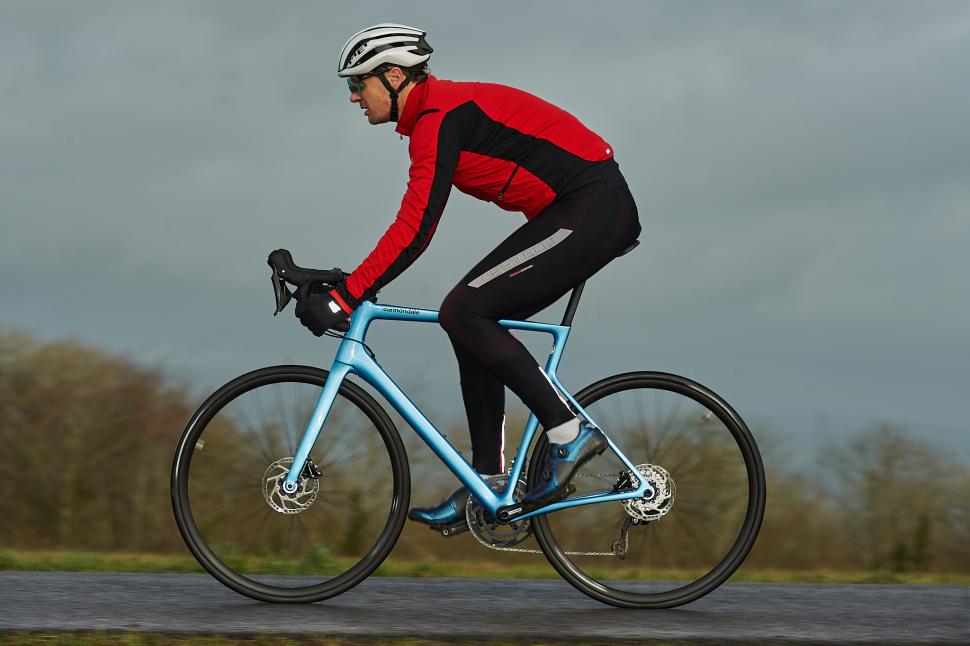
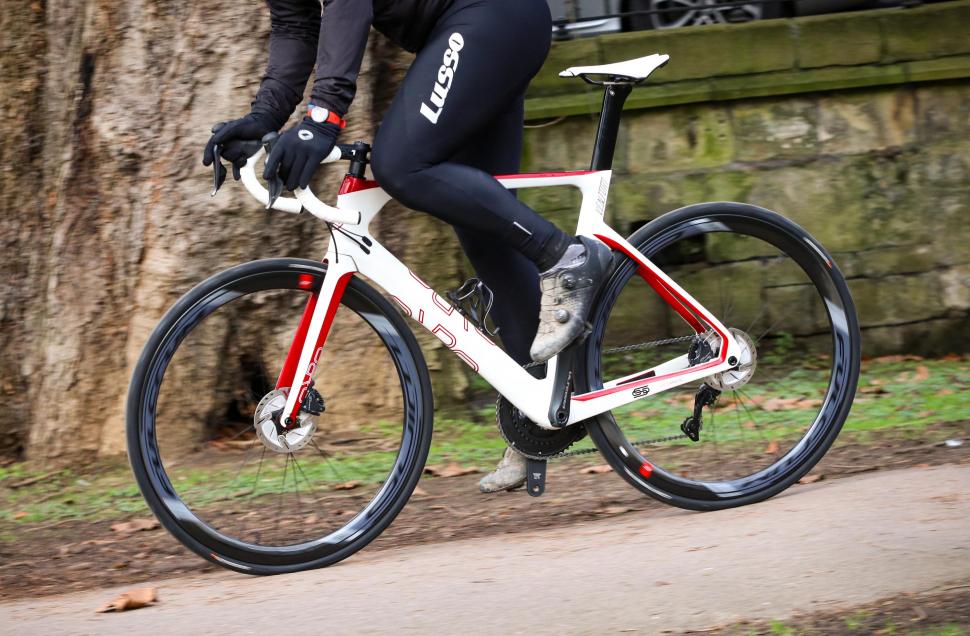

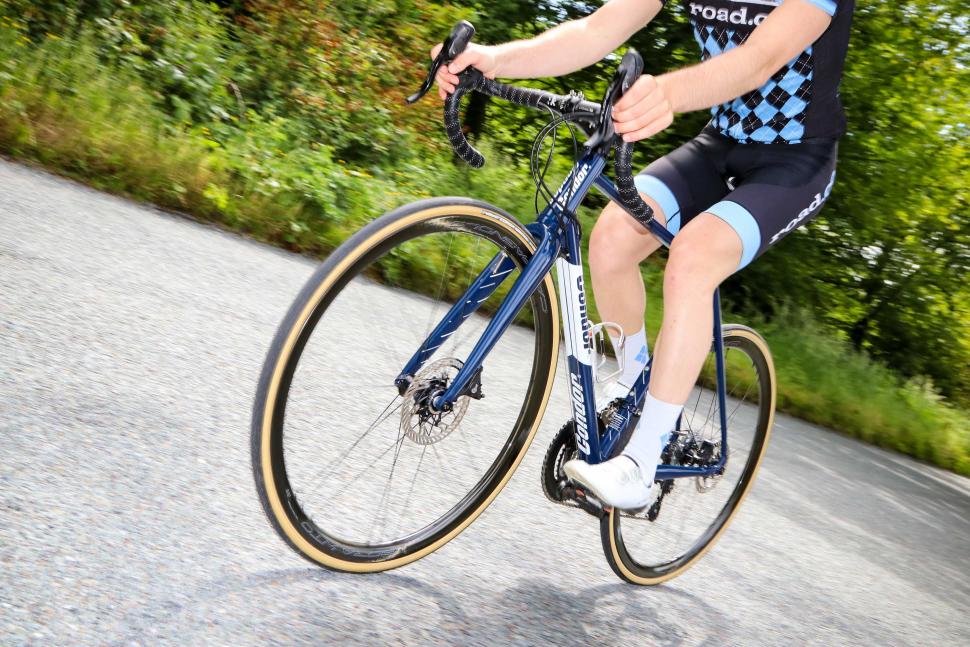

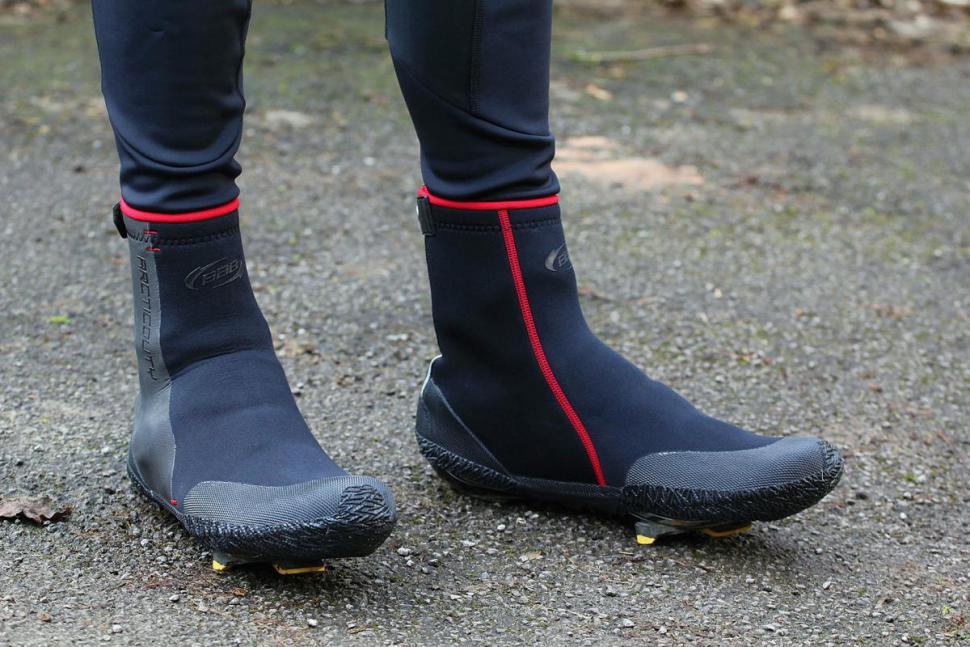
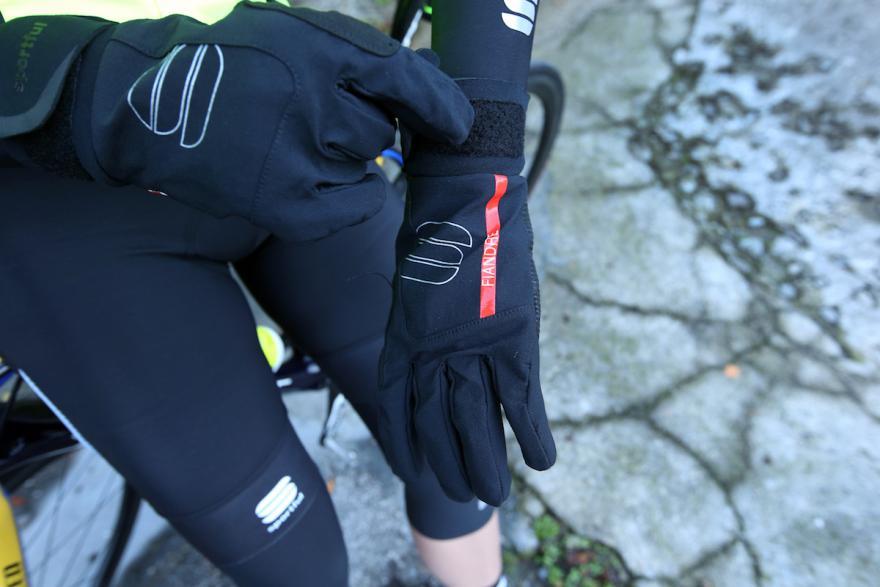
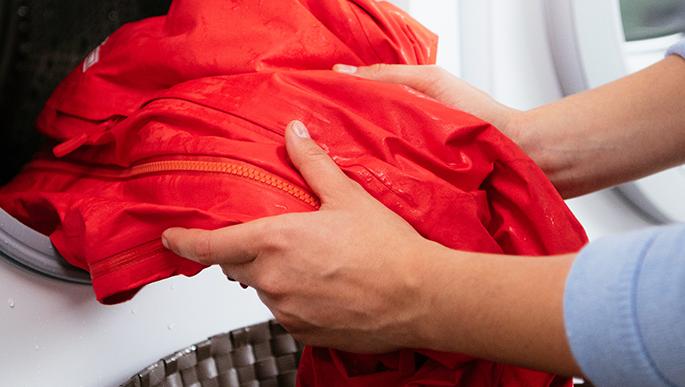
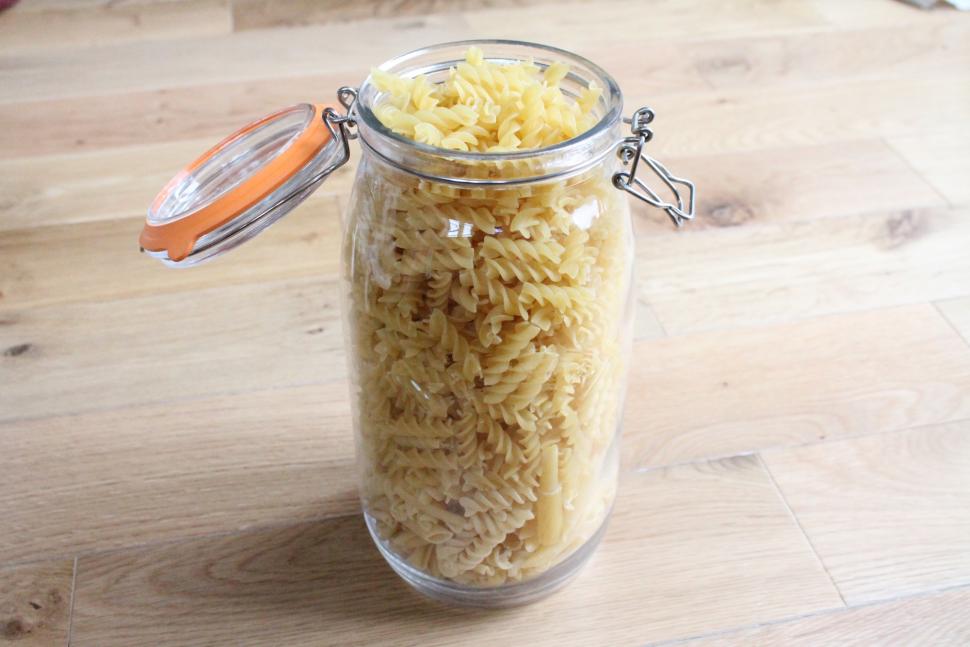
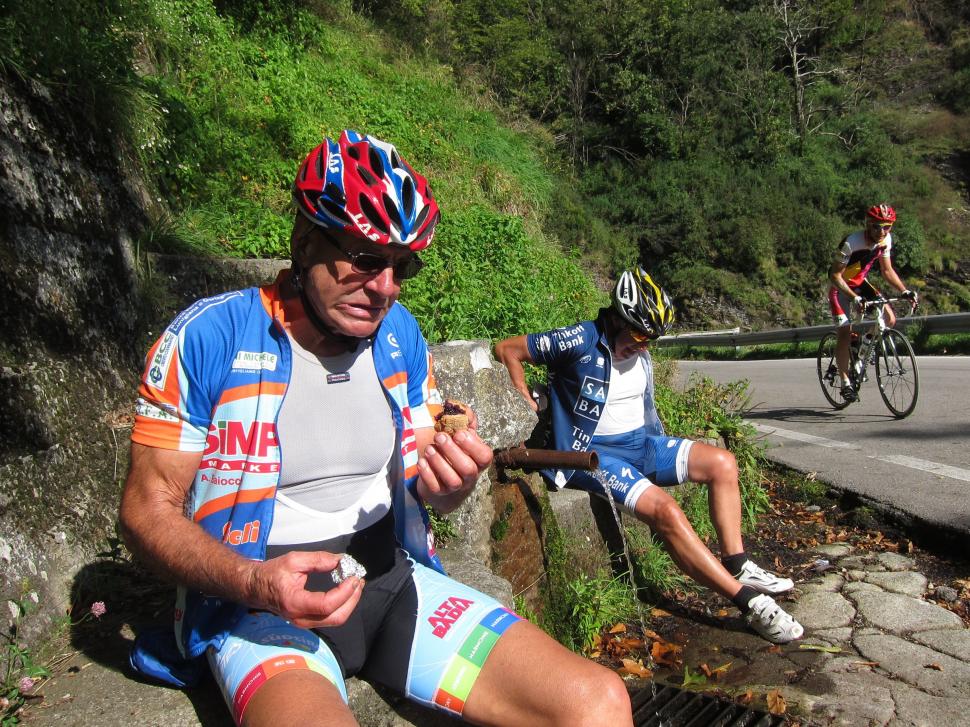
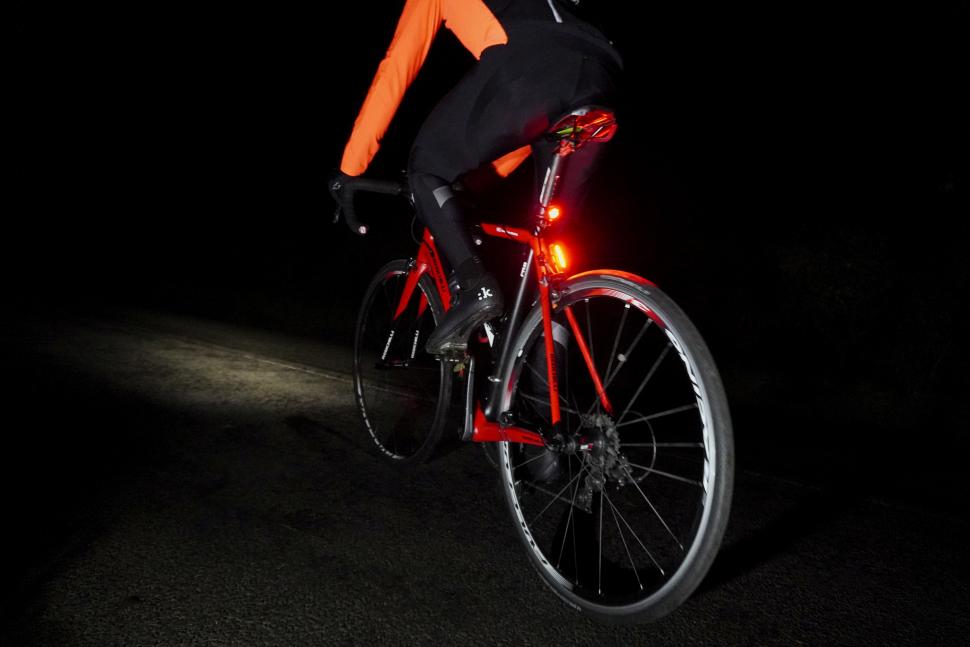
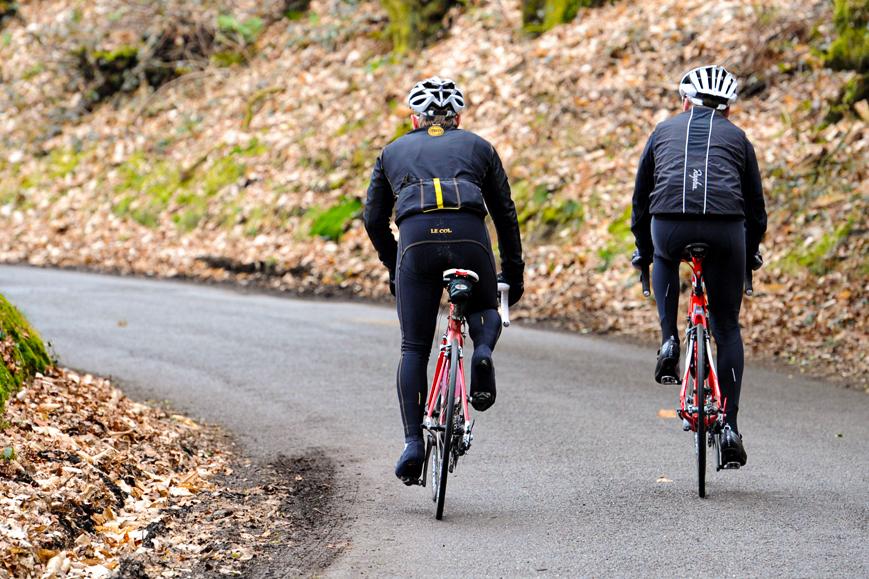



Add new comment
17 comments
Can I be the token miserable git and point out that attempting this at Xmas when you're meant to be with family (if you have them) ranks pretty high on the anti-social chart?
I'm hoping to get a few miles in but could get nowhere near 500k without impacting the time I spend with the kids and the wife - even allowing for the fact I won't see them out of bed much before 10 each morning.
Hmmmppff & humbug.
And has been pointed out elsewhere, it can be counter productive, leaving you wrecked for January. Only attempt it if you actually do a similar amount at other times of the year.
I think this is excellent advice on how to approach spending time with family this Christmas.
Its personal choice thing, I'd never criticise anyone for doing it, and some of those people will be doing it with their families & friends anyway.
Christmas can be a difficult time for many people and I'd always support people choosing to do what makes them happiest at this time of year rather than forcing them to do stuff which makes them unhappy.
get out from 7 - 10 each morning (except christmas) thats 21 hours, which at 25kmh gets past 500km, no one would be called antisocial for staying in bed until 9, but ride until 10 each day and it's problem?
There are many ways to do the 500, but a medium ride with an early start each day is probably the easiest
Whose rules are those?
If people want to attempt the Festive 500 - or even ride more miles than previous years - it's a choice. Good on them. The article may help those wanting to give it a try but lack confidence. Constructive comments might also encourage someone who is struggling to motivate themselves for whatever reason (many of us have been there, I'm sure).
Perhaps it would be better if people resisted the urge to project their own beliefs, preferences or circumstances onto others.
When did this happen? Is it a new covid rule?
What - covid concerns notwithstanding - about (e.g.) long walks, shopping, seeing friends, or anything else not involving family?
Kinda get what you are saying. Last year I was out on the bike for 0430 for 4 hrs and was back to have the day with the family. Exception was NYE where I had until midday. Managed it in bad weather. For me it was the mental battle of getting up and out in the cold and rain. Was happy to be 1 of the 17000 ish worldwide to complete it. Definitely slow and steady for me.
Is this the Rendel 1000 for wimps?
I've heard a rumour*
That each Mince Pie you eat during the RF500 automatically reduces the total distance by 20 miles.
*I've just started it 😀
After two aborted attempts in UK, one due to weather and the other ill health, I completed this in 2015. The key was doing some of it in group rides. I did 5 approx 100km routes in different directions from home which meant no same road twice. Doing it this year on Zwift which will be a different challenge as choosing some of hilly routes for their badges and will need to average 73km a day so a quick turn around in washing sweat towels required, Best of luck to those who finish it IRL, virtually or in hybrid fashion.
Just do it in the southern hemisphere! Next year, that is.
doesn't count
It does, but you have to do it backwards.
Do a couple of big days at the start then taper down. Got in from 120km earlier. Nice distance to kick off proceedngs!
Normally, around Christmas Eve, you can get reasonable slabs of supermarket Christmas Cake at half price. Makes a decent energy bar and cheaper than making your own!
Is it just me, or based on the photos in this article, is it only men that do the Festive500?
The main thing is to be bloody careful if you are doing some long rides outside given that the hospitals are at breaking point:
https://www.theguardian.com/society/2020/dec/23/englands-hospitals-more-...
Whilst most of us would sneer at 500km done on a turbo in a normal year, this isn't a normal year at all and I certainly don't have a problem with it this year.
Otherwise, having completed the Festive 500 a couple of times I'd say the advice on here is sound. As I'm living in the South East in a Tier 4 area I won't give it a go this year but will try not to judge other people that do!